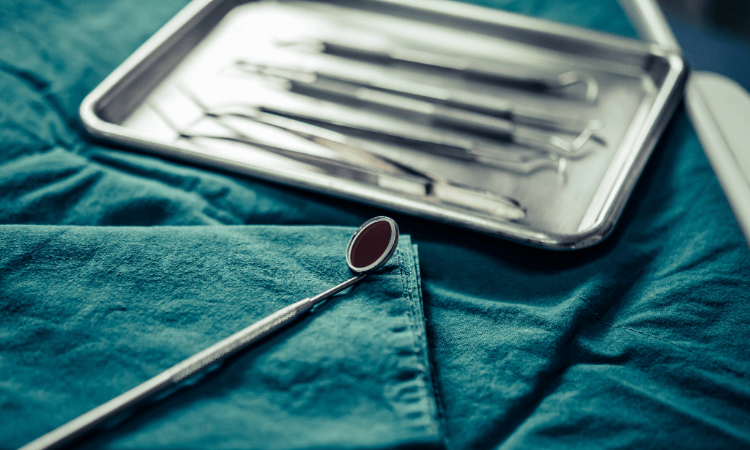Cleaning Validation

Cleaning validation is a process used in various industries to verify the effectiveness of cleaning production equipment, facilities, and work environments. This process plays an important role in industries such as food production, pharmaceutical production, cosmetics production, medical device production, and similar industries. Cleaning validation is performed for purposes such as ensuring product quality, preventing product contamination, and protecting worker health and safety.
Cleaning validation generally includes the following steps:
- Determination of Cleaning Procedures: The first step is to determine the cleaning procedures. It is determined which equipment, facilities, or areas will be cleaned and how they will be cleaned. The cleaning agents, cleaning equipment, and details of the procedures to be used for the cleaning process are specified.
- Implementation of Cleaning Procedures: The specified cleaning procedures are implemented. In this step, cleaning personnel clean the equipment or areas in accordance with the specified procedures. It is ensured that the cleaning agents used during cleaning are applied in the correct concentrations and in the correct manner.
- Cleaning Validation Tests: Tests are performed to verify the effectiveness of the cleaning procedures. These tests may include visual inspection, microbiological analysis, and chemical analysis. Visual inspection is performed to check for any signs of residue or contamination, while microbiological analysis is performed to determine the presence of microorganisms on surfaces after cleaning. Chemical analyses are performed to determine the residues and concentrations of cleaning agents.
Cleaning validation is a critical step in the manufacturing process and is important for ensuring product quality, safety, and suitability. A properly planned and implemented cleaning validation process ensures compliance with industry standards and increases customer satisfaction.
- Detergent (Anionic Surfactant) Residue Determination - ISO 2271, ASTM F2459
- Ethylene Oxide (C₂H₄O) Residue Determination - TS EN ISO 10993-7 Annex B
- Ethylene Chlorohydrin (HOCH₂CH₂Cl) Residue Determination - TS EN ISO 10993-7 Annex B
- Oil and Grease Residue Determination - ASTM F2459
- Total Hydrocarbon (THC) Residue Determination - TS EN ISO 9377-2 Annex C
- Protein Residue Test - BCA Protein Assay Kit Method
- Metal Residue Test - ISO 7886-1 Annex A, ISO 7886-1 Annex F
Detergent Residue Analysis
Controlling detergent residues after cleaning medical devices is an important step. The “Detergent Residue Test” can also be performed to determine the adequacy of sterilization processes, especially in orthopedic implants. Reusable medical devices undergo regular cleaning processes. If not performed properly, unwanted detergent residues may remain.
With the Detergent Residue Test, you can:
- Obtain information about the cleaning process
- Determine the amount of residue
- Determine the efficiency of the washing processes in medical devices
Oil Residue Analysis
Oil residues may remain on medical products after cleaning and washing validation. By controlling oil residue, you can obtain information about the adequacy of the cleaning process. Thus, the process can be improved, and necessary precautions can be taken. Oil residue above the limits is not acceptable in medical devices that come into direct contact with the human body. For health reasons and to control and improve the technique used, “Oil Residue Analysis” is performed on medical devices.
Ethylene Oxide Residue Analysis
Ethylene oxide residue limits specified in relevant standards and regulations for medical devices must be checked in products sterilized with ethylene oxide. Ethylene chlorohydrin, ethylene oxide, and ethylene glycol can be identified using gas chromatography in medical devices, and the residue amount can be determined.
Ethylene oxide residue analysis is also performed on surgical products, gowns, drapes, catheters, and stent delivery systems outside of medical devices. Ethylene oxide residue analysis is important for identifying potential toxicological risks for end-users.

